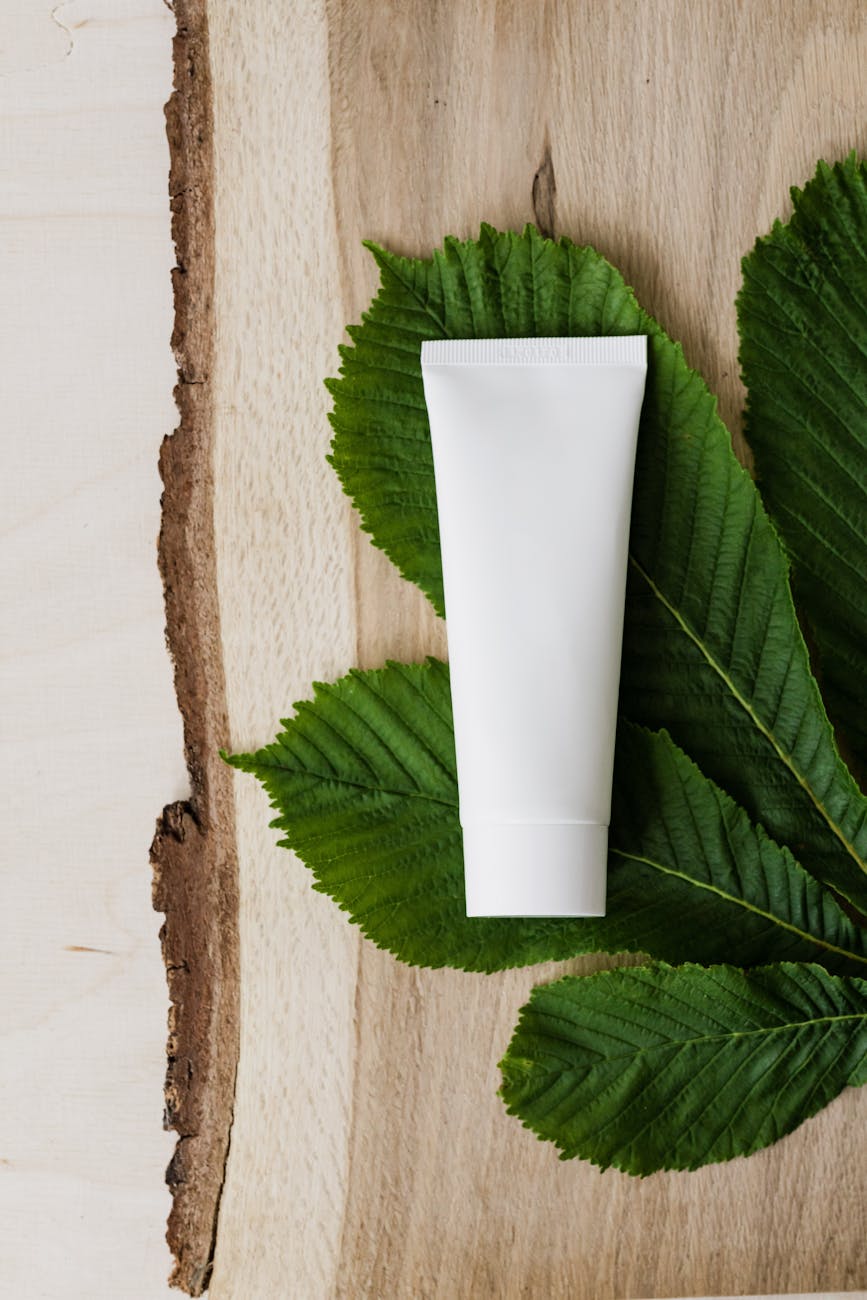Welcome to my new series all about understanding what makes your skin behave the way it does. There are a vast amount of skin conditions that are caused by defects to your genome and so I wanted a place on my blog where you could look into the lumps, bumps and everything else that you may have questions about.
This series will target very specific skin conditions that are generally caused by mutant genes. During my time studying Biochemistry, I was fortunate enough to be taught this as a base for understanding much more complicated scientific problems. Now that I’ve discussed many skin concerns with you I’ve come to realize this knowledge is not widely known and I believe that understanding more about how genetics affects your skin will prompt a better comprehension of what you can do to defeat your own skin concerns.
I’m starting this serious with a rare, life-changing skin condition called Harlequin Itchyosis.
I first came across Harlequin Itchyosis when I was around seven years old. There was a pupil in my class that had it, I didn’t know what it was but it looked very noticeably uncomfortable. After many years studying science I now know it’s a genetic disease that is a result of a mutation to the ABCA12 gene.
A mutation is a permanent change in the DNA sequence that codes a specific gene. There are many types of mutations including but not limited to; deletion, inversion, substitution and translocation of the chromosome (a molecule of DNA). Some are not noticeable and some are life changing. In this case it’s the latter.
The ABCA12 gene is responsible for making a protein that is essential for the normal development of skin cells. These proteins play a major role in the transport of fats (lipids), which are essential components of skin. They play a crucial role in maintaining the strength of the skin’s protective barrier, which holds moisture, protects the skin from damage and keeps dirt and impurities out. They also aid the skin’s natural repair process.
Infants with this condition are born with very hard, thick skin covering most of their bodies. These skin abnormalities affect the shape of the eyelids, nose, mouth, and ears, and limit movement of the arms and legs. This restricted movement of the chest can lead to breathing difficulties and respiratory failure.
This disease is inherited in an autosomal recessive pattern, which means both copies of the gene in each cell have mutations. So, both parents will need to carry one mutated version of the gene in order to pass it on. It is possible to diagnose this mutation before birth via amniocentesis.
The best way to treat this condition is via a specialist who can administer antibiotics that are taken orally.



Leave a Reply